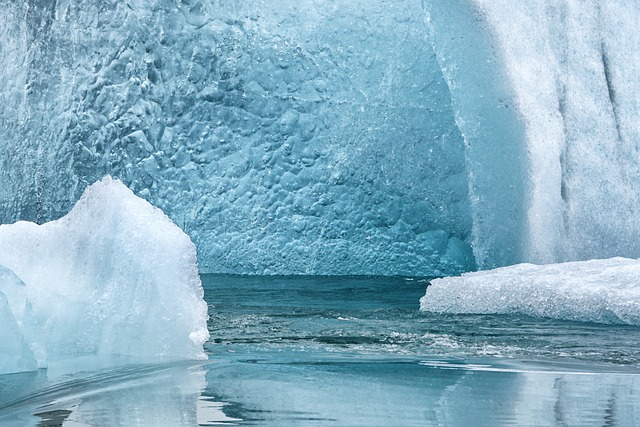The Impact of Global Warming on Desertification
As the winds shift and the temperatures rise, the distinct sounds of the natural world transform into an unsettling silence. Global warming has become a defining challenge of our time, exerting profound effects on our environment, and nowhere is this more evident than in the phenomenon of desertification. As we explore the interplay between these two critical issues—environment and climate change—one cannot help but feel a rising concern for our planet’s future.
Desertification refers to the process through which fertile land becomes increasingly arid and lifeless, often due to a combination of climate change and human activities. This transformation is fueled by global warming, which leads to an increase in temperature, altered precipitation patterns, and extreme weather events. As the earth warms, we witness a significant disruption in the delicate balance of ecosystems that many communities and wildlife depend on.
One stark manifestation of this process is the disappearance of water sources. Glaciers and snowcaps, once reliable reservoirs, are melting at alarming rates, contributing to rising sea levels while simultaneously reducing freshwater supplies in many regions. As a result, agricultural lands that previously thrived under natural conditions find themselves parched and unable to sustain crops. Farmers face the grim reality of diminished yields, food insecurity, and economic hardships, all connected back to the overarching threat of global warming.
The implications of desertification extend beyond agricultural output; entire communities are forced to adapt or migrate. As arid landscapes expand, the specter of climate refugees looms large. Families displaced by desertification seek refuge in cities and regions unprepared for their arrival, further straining resources and infrastructure. In this scenario, the human cost of environmental neglect becomes undeniable, fueling social tensions and heightening the urgency for action.
Meanwhile, the wildlife that once flourished in diverse ecosystems is grappling with a new reality. Many species struggle to survive in habitats that once provided ample shelter and nourishment. As desertification spreads, biodiversity is lost, organically altering the fabric of entire landscapes. The loss of these organisms is not merely a loss of species; it is a profound shift in our planet’s ecological health, undermining the very systems that sustain life.
The relationship between global warming and desertification is a complex one, often intertwined in a web of causes and effects that require immediate attention. Addressing the environmental challenges posed by global warming and its role in desertification calls for a concerted effort. Sustainable land management practices, reforestation, and investment in renewable energy sources are crucial steps we must take if we hope to combat the advancing deserts.
It is clear that as we look to the future, understanding the impacts of global warming on desertification and the environment must become a priority. Each of us has a role to play in addressing climate change, empowering ourselves and our communities to cultivate a sustainable future that honors both our planet and the generations yet to come. Together, we can foster a world that resists the encroachment of deserts and nurtures life in all its diversity.


